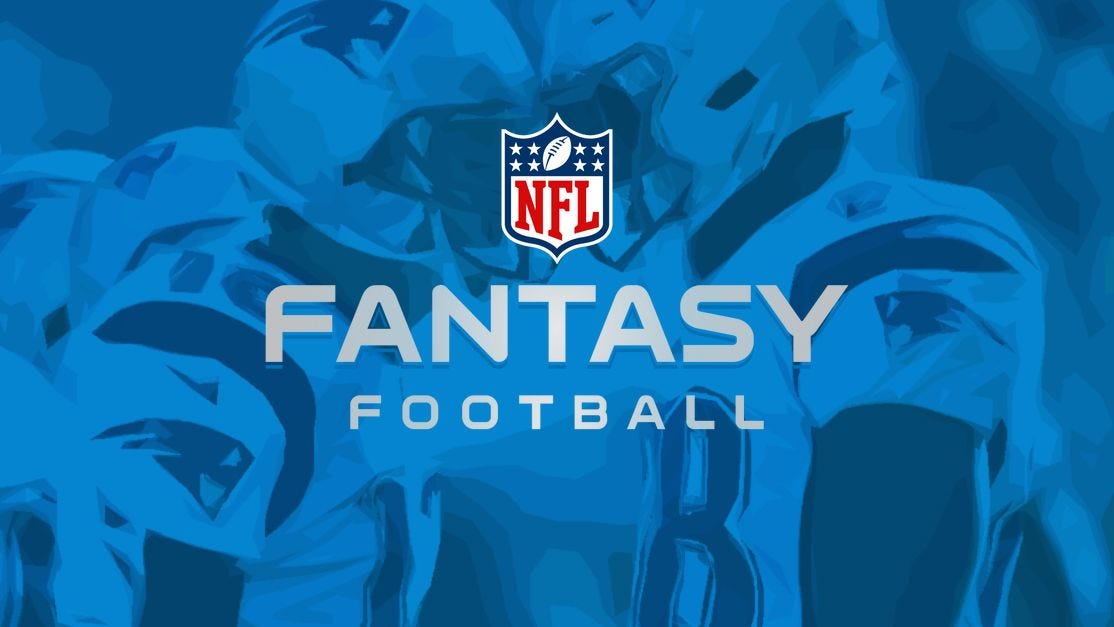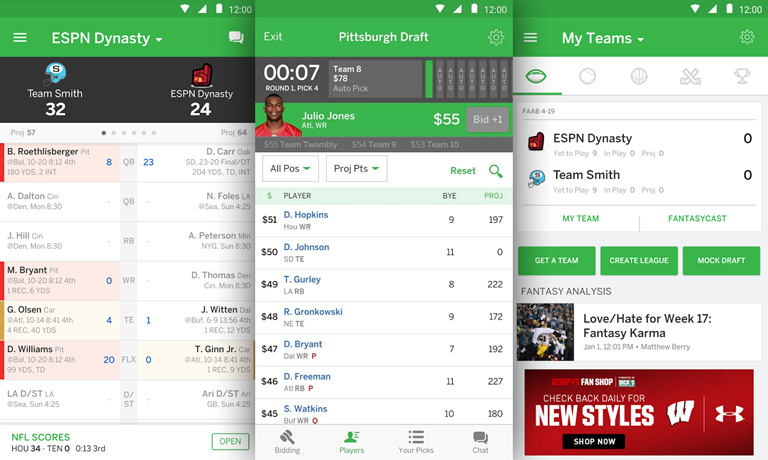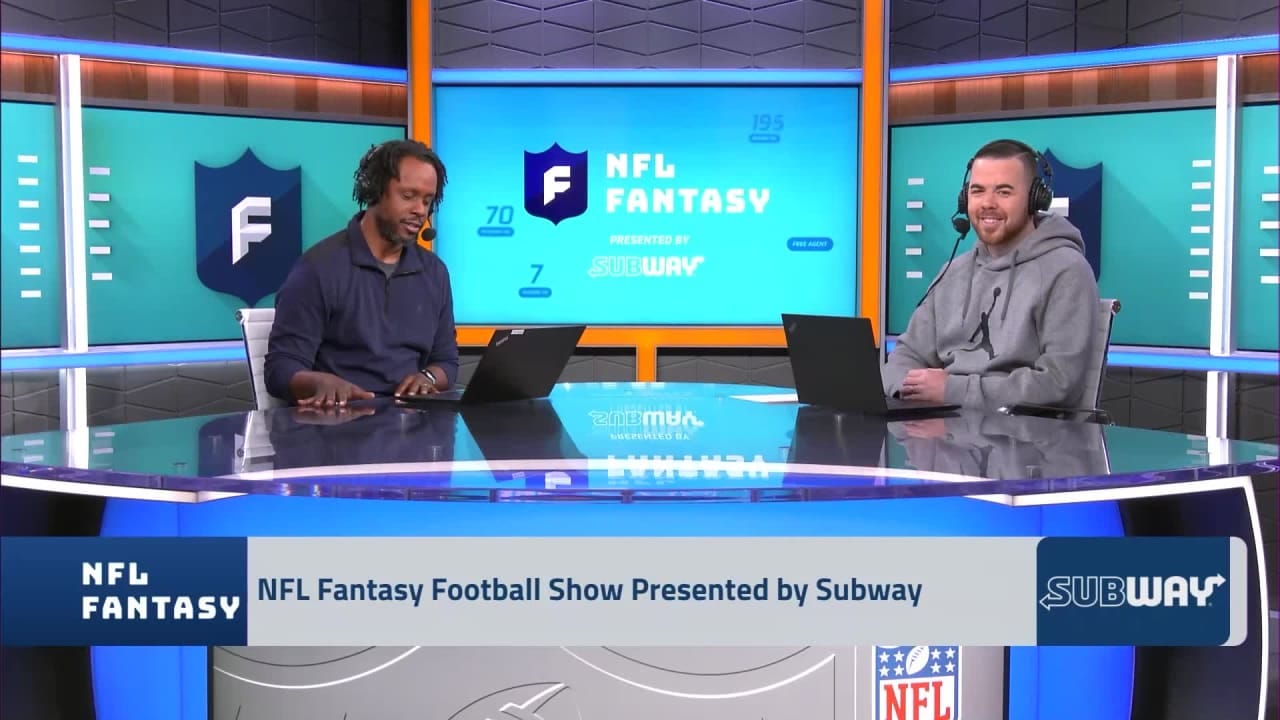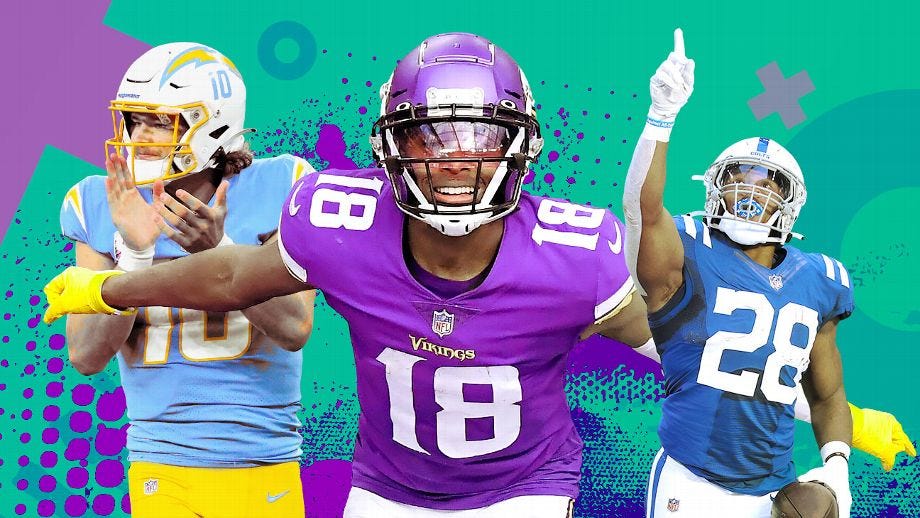Fantasy Football – NFL’s fan engagement engine
Fantasy football has become a multi-billion-dollar industry in itself and developed into a critical engagement and revenue driver for the NFL
Changing the way how fans engage with sports
The NFL season kicks off on Thursday, 5 September, with the defending champs Kansas City Chiefs hosting the Baltimore Ravens. A rematch of last year’s AFC Championship game, and a true treat for all football fans, with the two most recent MVPs in Lamar Jackson and Patrick Mahomes facing one another.
Many fans will not only be eagerly watching these two QB prodigies duel, but zone in on the players they have on their own fantasy teams, hoping they can get off to a good start for the week 1 matchup in their leagues.
Fantasy football has become a societal sub-culture in and of itself, with nothing out there rivalling its pure emotional rollercoaster from joyful ecstasy to emotionally numbing despair. This has led to fantasy football evolving from an enjoyable pastime to a multi-billion-dollar engagement engine for the NFL. It may well be the most effective thing besides the actual live game at capturing fans’ interest and attention (besides maybe sports gambling).
As of 2022, 29.2 million players in the U.S. alone participated in fantasy football, and around 50 million across all fantasy sports, generating an $11bn industry in the U.S. alone. The modern-day version of fantasy football can be traced back to 1962 and Wilfried Winkenbach, then a limited partner for the Oakland Raiders. It took off with the proliferation of the internet and CBS launching an online, fully automated fantasy football competition in 1997, growing into the juggernaut that it is today.
The gigantic success of fantasy football has led to every major sport emulating some form of a fantasy sport for itself, from fantasy baseball, F1 to fantasy Premier League (which boasts an impressive global player base of over 11 million users). None have been able to match the hype, intrigue and success of fantasy football however. Let’s see why that is the case and how the fantasy sports industry can generate such big returns.
What is fantasy football?
Many who have never played or been exposed to fantasy football may be a bit confused what it exactly is and how it works. In very brief and simple terms, fantasy football (or any other fantasy sport really) allows participants to construct their own teams made up of NFL players, and then compete against others in their league in parallel to the actual NFL season.
There are weekly head-to-head match-ups and each NFL player collects points, based on how they perform in real-life each week (catches, touchdowns, rushing yards, tackles, etc.). Leagues are usually between 8-12 teams in size and you get your players by drafting them in a one-off draft at the beginning of the season. So, it is essential you get good players at every position that can give you an edge every week in outscoring your opponent.

It may already have become obvious how fantasy football increases engagement among fans, but if you have a player on your fantasy team, you become infinitely more interested in how he is performing during any game week and you may follow games you might otherwise have no inclination in watching.
The NFL is also uniquely well suited to fantasy sports, better than any other sport in my opinion. There is positional variety and depth in players that can bring points to your team at each of these positions, allowing for varied approaches in your drafting strategy. There is not one must-have player to win your league, unlike for example Haaland or Verstappen in recent years in EPL or F1 fantasy, without whom you basically already lost.
Also, its weekly format does not feel like a grind (MLBs 162 regular season games is a different beast there) and the head-to-head matchup nature makes it personal for that week. Anyone who has been playing fantasy football for a while can attest that intense rivalries and bonds a league can create. It is an engaging and enjoyable way for fans to feel closer to their favorite sport.
Large user base = large revenues
As previously noted, in 2022 in the U.S. alone 29.2 million people were estimated to have participated in fantasy football, with overall fantasy sports players rising from 42 million in 2015 to 50.4 million in 2022 (and 62.5 million in North America), as can be seen below.
Fantasy football is the clear frontrunner in terms of popularity in the US, with 60-80% of fantasy sports users playing it in some form, with fantasy baseball a distant second with 12.5 million users and fantasy basketball in third with 10.1 million users in 2022, both less than half of what fantasy football has.
This interest translates into significant revenues, predominantly from advertising on the platforms, trying to capitalize on the engaged audience, and sponsorship deals (e.g. DraftKings $350 million deal with ESPN). Additionally, revenues are generated from subscription fees for premium analytics content access, fees for money-leagues, in-app purchases, and also all the accompanying entertainment products, from tv shows, podcasts, blogs, websites, etc. that create content and monetize the attention around fantasy sports.
The North American fantasy sports market is the largest by revenue and estimated at $13.2 billion in 2024 and expected to grow to $24.2 billion by 2029 (CAGR of 12.9%). On a global scale, the fantasy sports market in 2024 is estimated $32.8 billion with anticipated growth to $62.6 billion by 2029 (CAGR of 13.8%), driven by fast growth in the Asia Pacific region, with North America making up around 40% of the global market.
Why does fantasy football matter?
Interest and engagement in anything around a sports property drives eyeballs to the live product of that sport. The interest in fantasy football has never been higher, with dedicated fantasy websites and The Athletic having seen around a 25% increase in fantasy football related traffic. Similar growth in interest can also be expected for other forms of content dealing with fantasy football, such as podcasts, videos and social media channels.
Fantasy football has even impacted how the live product is consumed and broadcasted, with networks integrating fantasy content into their programming and pre-game shows. The most fascinating stat I came across in this respect, is that Nielsen ratings for games featuring fantasy-relevant players (top point performers) see a ~10% higher viewership, underlining the increasingly symbiotic relationship between the live product and fantasy football.
Every fantasy football player knows the dread of only needing a few points and having one final player yet to play for that game week. I can assure you, these fantasy managers definitely watched that Monday night game intensely, even if they did not really care for any of the two teams. The rush of eking out a close victory or the soul-crushing feeling when that one player underperforms is tantalizing.
Fantasy football generates a sense of ownership and participation amongst fans during the season with their sport as well, giving them their own team and making them feel a bit like a general manager. It is plenty fun and also gets you deeper into the sport, appreciating players you may have otherwise never really paid attention to, as well as forming irrational bonds (or hatred) towards players on your team (shoutout to my final round draft pick Raheem Mostert, who won me plenty a weeks with his overall RB2 performance last season). Also, there is probably nothing more frightening than seeing an questionable/injury red flag next to you most valuable player.
The industry will only continue to grow, fueling further fan engagement that ultimately drives up ratings and advertiser revenues for broadcasters. Other sport leagues should jump on the bandwagon with their own form of fantasy offering (if they not already have one), just for the upside potential and relatively modest cost and setup. They should ideally also integrate it more into their programming and broadcast, given the fan interest. It also shows the power of gamifying the fan engagement and each sport should seek to identify the ideal form to leverage its sport specific structure to provide a simple and enjoyable way for fans to partake besides the live-offering.
For all first-timers who are curious about fantasy football, there is still a little bit of time before the season opening on Thursday to download one of the many fantasy football apps (ESPN, CBS, Yahoo, etc.) and try it out. And if you are not an NFL fan, there is certainly a similar fantasy offering for your own favorite sport that might be enjoyable.
One random fact
One of the best parts about the fantasy football culture is the punishments that the last placed person in a league with their friends has to do; my favorite being any form of having to stay in a bar/restaurant for 24hrs, taking off 1hr for every beer/specific food item they consume, never fails to not be funny
Thanks for reading
I hope you enjoyed this breakdown and gained a new-found appreciation for the power of fan engagement and how fantasy offerings can fuel this. Maybe you even get the itch to try out fantasy football or another fantasy sport yourself. If you have, please consider sharing it with your friends and subscribing, much appreciated!







